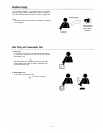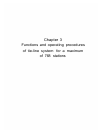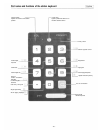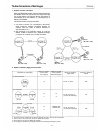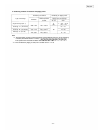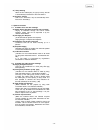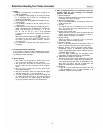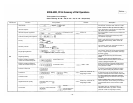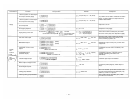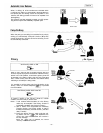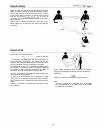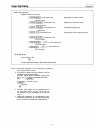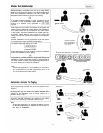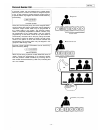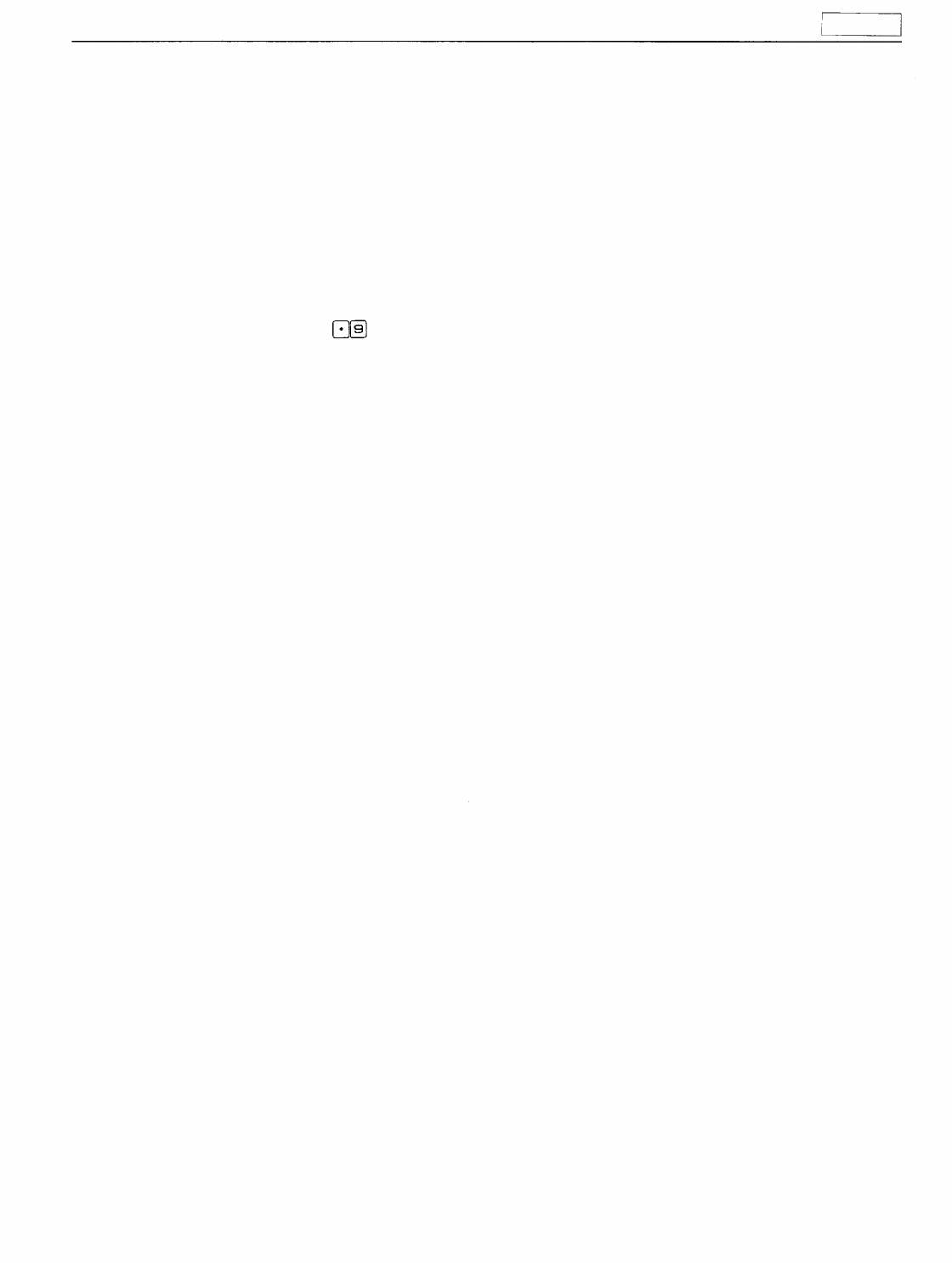
Restrictions Resulting from Tie-line Connection
Tie-line
1. Paging
1) Paging is possible up to a maximum number of 15
zone per exchange.
2) It is possible to make paging to all zones (30 zones
for 2 exchanges and 45 zones for 3 exchanges) by
means of All-call paging.
3) All-call paging and zone paging are possible from any
master station.
4) It is possible to respond to All-call paging from any
master station.
5) A response to the zone paging is possible only from a
station connected to the exchange that includes the
paged zone (Exchange "A": Zone No. 1 ~ 15, "B":
No. 16 ~ 30, "C": No. 31 ~ 45). It is not impossible
to respond from the station connected to the other
exchange.
When the Automatic Response ( ) is employed,
the response to the zone paging is made only from
the station (consecutive station numbers) linked to
the paged zone.
6) It is impossible to allocate the same paging zone to 2
exchanges.
3. Programmable Station Numbering
It is possible to change a station number series of each
exchange freely within the range of "Selectable number-
ing schedule of each exchange"
4. Group Blocking
1) The system can be grouped or divided into a maxi-
mum of 6 groups of stations by each exchange.
2) The group can call and/or be called by any other
group(s) within the same exchange area by program-
ming.
3) Only one pair of groups can call each other across
the tie-lined exchange.
4) The group of stations which can make All-call paging
and zone paging (No. 1 ~ 45) can be set up.
5) To make a paging response possible, the calling and
the called groups must be set up. The paging response
can be made from the called group to the calling
group (the opposite direction of call restrictions).
5. When connected by tie-line, the following functions are
available within the same exchange but unavailable
across the other exchange:
1) Remote Response
Select the Remote response group within the stations
connected to the same exchange.
2) Master-Sub Relationship
Set up Master/Substation associations within the
same exchange area.
3) Transfer
An original call can be transferred only to the third
party who shares the same exchange with the party
who transfers the call.
4) Paging during Normal Calls
Paging during a normal call is only possible within the
paging zones allocated to the exchange to which a
station making the paging is connected.
5) Group Hunting
Select the station to which the call is to be trans-
ferred within the same exchange group.
6) Secretary Transfer
Set up a Secretary/Executive association within a
group of stations connected to the same exchange.
7) General Purpose Control (One-shot Make Output,
Make/Break Output, 8 Selectable One-shot Make
Output, 8 Selectable Make Output, Decimal Output,
4 Decimal Digits Output).
Only the Data Transmitting and Receiving Units
connected to the same exchange can be operated.
8) Calling Party Indication (Lamp type)
The lamp at the station which receives the call turns
on only when the call is made from the station with-
in the same exchange area (Max. of 256 stations). The
lamp does not light if the call is made from the
stations connected to the other exchange(s).
9) Pager Call
A call can only be made from the stations No. 200
~ 455 connected to the "A" type exchange. It is
possible to respond from any station.
– 65 –




